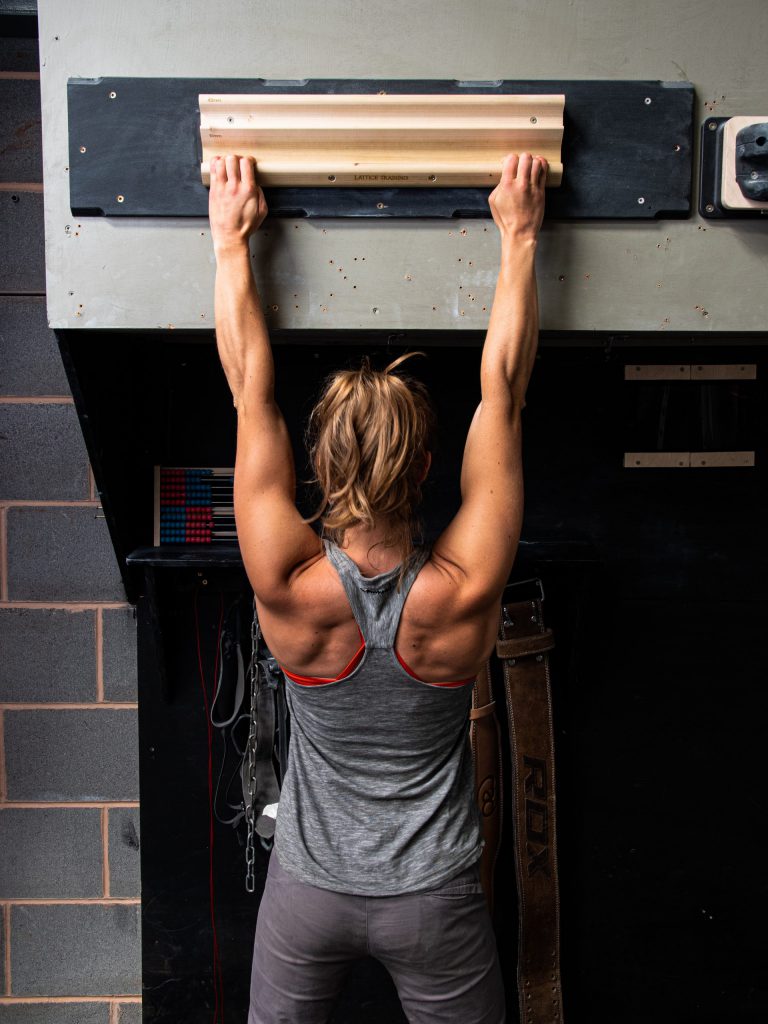A common pattern in climbing training (and training in general) is for exercises to be described in terms of sets, reps, work time and rest times. But what do they all mean? We’ll be using a fingerboard max hangs session as an example, where you are doing 8x 10 second hangs at a high intensity i.e. each hang should feel close to your maximum.
Broadly, sets and reps are just shorthand way of describing how you should perform a given exercise. It’s not very well defined, so you may come across some variation in how people use the terminology.
Reps is short for repetitions and refers to a single repetition of a movement. Using our example above, this would be a single hang from the fingerboard.
Sets refers to a collection of reps. Using our fingerboard max hangs example, we have 1 set of 8 reps.
Work time is the amount of time you are engaged in the movement during the repetition. For our fingerboard max hangs, this is 10 seconds.
Inter-rep rest is the time you should leave between repetitions. I didn’t mention what this should be in our initial description of fingerboard max hangs, but a typical session might have a rest time of 4 minutes between hangs.
Inter-set rest is the time you should rest between sets. For our fingerboard max hangs we are only doing 1 set, so we don’t need to specify this.
As previously mentioned these definitions are used fairly loosely so you will see a lot of variations used. For example, we’ve defined our fingerboard max hangs as 1 set of 8 reps with a 10s work time and 4mins between reps, but you could also define it as 8 sets of 1 rep with 10s work time and 4mins between sets.

